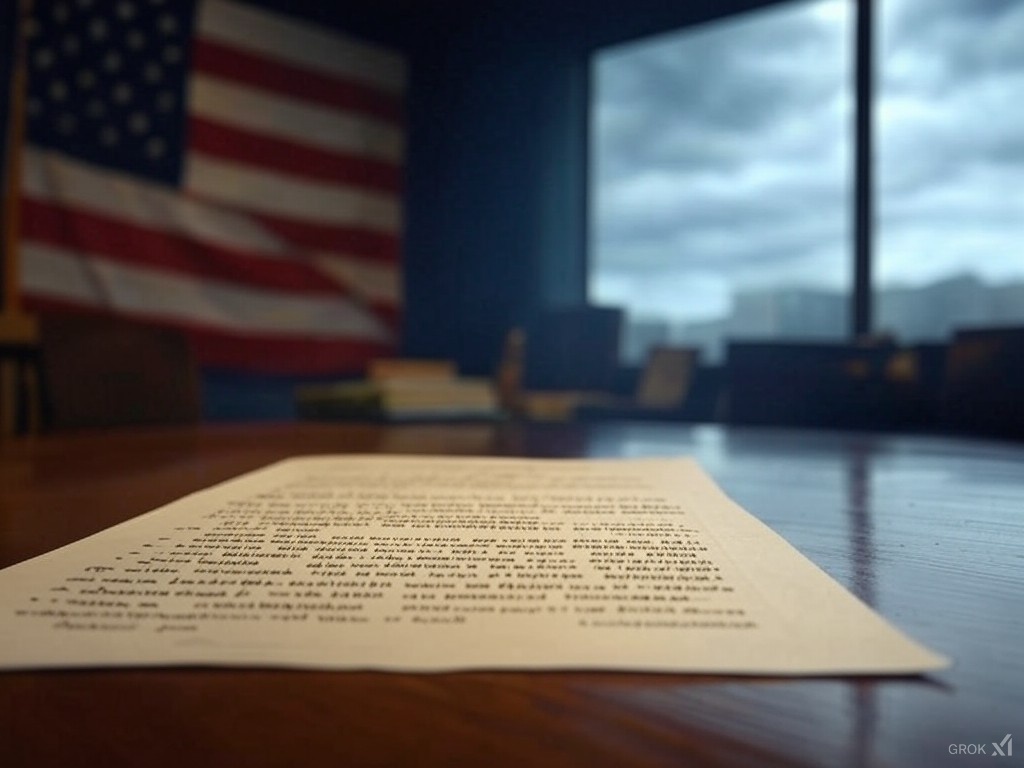In an era where constitutional amendments are rare and monumental, the 28th Amendment has suddenly surged into the public consciousness in the United States. This stir comes from a surprising declaration by President Joe Biden and Vice President Kamala Harris, who stated the Equal Rights Amendment (ERA) is now the 28th Amendment to the U.S. Constitution. However, this claim has ignited a firestorm of debate, controversy, and legal scrutiny, highlighting deep divisions over constitutional interpretation, gender equality, and the amendment process itself.
The Equal Rights Amendment was initially proposed in 1923 by Alice Paul, a suffragist leader, to guarantee equal rights for all citizens regardless of sex. It was passed by Congress in 1972, with a deadline set for ratification by 1982. Despite garnering ratification from 35 states by this deadline, it fell short of the required 38 states needed to become part of the Constitution. Over the years, the push for the ERA continued, with Virginia finally becoming the 38th state to ratify in 2020, long after the original deadline had expired.
Biden’s declaration that the ERA is now the 28th Amendment stems from a complex legal theory suggesting that the deadline for ratification was not binding because it was placed in the preamble rather than the substantive text of the amendment. This interpretation is supported by some legal scholars who argue that the U.S. Constitution does not specify a time limit for ratification, only that amendments must be ratified by three-fourths of the states.
However, this assertion has met with significant opposition. The Archivist of the United States, responsible for officially recognizing constitutional amendments, has not certified the ERA as part of the Constitution, citing established legal precedents and procedures. Critics argue that Biden’s claim is more symbolic than legally enforceable, pointing out that without formal publication by the Archivist, the amendment remains unratified under current legal frameworks.
This situation has led to a broader discourse on several fronts:
Legal and Constitutional Debate: The heart of the controversy lies in the interpretation of Article V of the Constitution, which outlines the amendment process but does not explicitly address ratification deadlines. Proponents of the ERA’s status as the 28th Amendment argue that Congress could have acted to remove or extend the deadline, a point which has been debated in Congress with resolutions introduced to that effect. Nevertheless, without clear legislative action to affirm these claims, legal experts remain divided.
Gender Equality and Political Implications: The ERA’s intended impact is to enshrine gender equality into law explicitly, potentially affecting everything from pay equity to legal protections against gender discrimination. Supporters celebrate Biden’s statement as a victory for gender equality, seeing it as a moral and political acknowledgment, if not a legal one. Critics, however, fear it might lead to unforeseen legal challenges or be used in ways not intended by the amendment’s original framers, such as in debates over reproductive rights or military service.
Public and Political Reaction: The public’s reaction has been mixed. Social media and posts on platforms like X have shown a divide, with some lauding the move as a step forward in civil rights, while others decry it as an overreach or a misinterpretation of constitutional law. Politically, this declaration has been used as a rallying cry by Democrats on issues of gender equality, while Republicans have largely criticized it as an unconstitutional act, highlighting the necessity for due process in constitutional amendments.
Looking Forward: The practical implications of Biden’s declaration remain unclear. For the ERA to be officially recognized as the 28th Amendment, either new Congressional action would be required to remove the ratification deadline, or the courts might need to weigh in on the matter. There’s also the possibility of a constitutional convention or further state ratifications, although these scenarios are complex and fraught with political challenges.
In conclusion, the notion of the 28th Amendment being the ERA has brought constitutional law, gender politics, and legislative process into the limelight in 2025. Whether or not this amendment will take its place in the Constitution as envisioned by its supporters depends on a blend of legal interpretation, political will, and perhaps most crucially, public sentiment. The debate underscores a critical moment in American history where the balance between evolving societal values and the rigidity of constitutional law is tested.







